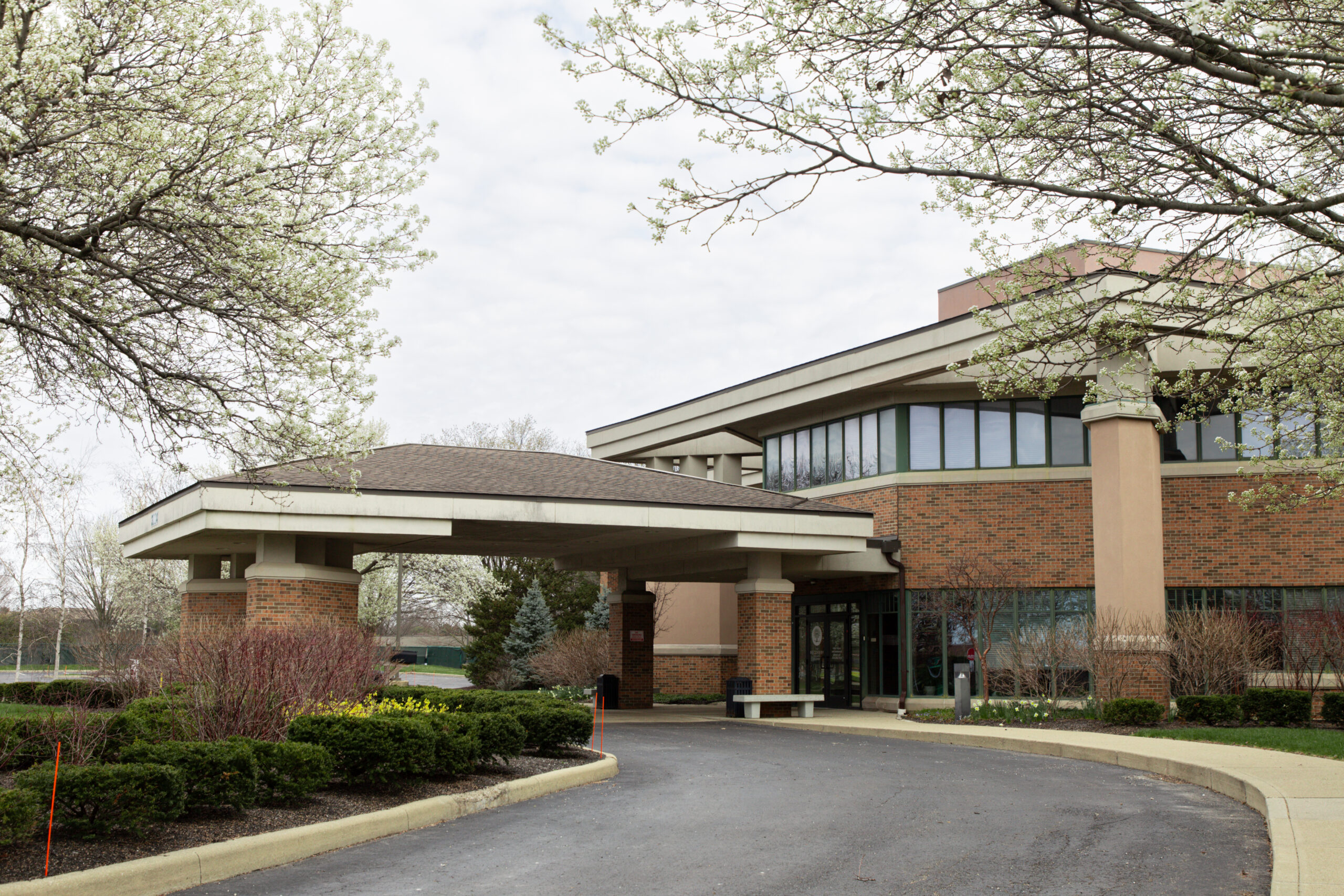Conzip is a long-acting opioid medication. Like other opioids, it can cause dependence and addiction. Thankfully, medical detox and rehab are available.
Conzip is the brand name for tramadol extended-release capsules. Conzip may beprescribedfor a variety of conditions that require around-the-clock pain management.
Conzip and other forms of tramadol have the potential for abuse and addiction. Abusing medication means taking it when it isn’t prescribed to you or in a way other than how it was prescribed. Addiction, also known as a substance use disorder, is a condition where a person continues to use a drug despite damage to their relationships, health, and finances.
Conzip Addiction
Conzip is a Schedule IVcontrolled substancein the U.S. under the Federal Drug Administration (FDA). It is illegal to possess it or use it without a prescription.
Taking opioids like Conzip in a way other than how they were prescribed may cause adverse effects. Long-acting opioids like Conzip have a high risk of overdose and death when they are abused.
Over time, tolerance can develop to Conzip. Tolerance is when more of the drug is required to achieve the same effect. Tolerance is normal when taking chronic opioids, so if someone develops a tolerance while taking Conzip as directed, they should let their doctor know it isn’t working as well.
If someone abuses Conzip, they may gain a tolerance, requiring them to take higher dosages to achieve the same positive effects. However, increased dosages also lead to higher rates of side effects and a greater chance of addiction.
Conzip, like all opioids, can be highly addictive. Individuals with a family history of substance use disorder are typically more prone to developing an opioid use disorder, but all patients are susceptible to developing opioid dependency.
If you are worried that you or someone you know may be addicted to Conzip, look for these signs:
- They take the drug more often or in ways other than prescribed, like injection or snorting.
- They mix Conzip with other substances of abuse.
- They lose interest in things such as food, friends, and work.
- Their personality may change.
- They switch doctors constantly to receive higher dosages.
It’s important to stop Conzip misuse early to decrease the severity of withdrawal symptoms and possibly switching to stronger drugs like heroin.
What is Conzip?
Conzip is an analgesic opioid that’s used to treat moderate to severe chronic pain. It is an extended-release formula of the drugtramadol. Extended-release medications carry a higher misuse potential due to their generally higher drug content.
Conzip isroughly one-tenthas powerful as equivalent doses ofmorphineand is equal in potency tocodeineand Demerol (brand name ofmeperidine). When taken by mouth, its effects begin within a few hours but may take a few days to begin working.
Conzip was approved by the FDA as an extended-release oral capsule in 1995 for once daily usage. Doctors try to avoid prescribing Conzip and will only do so when other non-opiate pain medications have failed.
The time-released feature of Conzip can be bypassed by crushing the tablet to snort or inject it. This greatly increases the risk of severe respiratory failure and fatal overdose.
How Is Conzip Used?
Conzip is meant to be taken once every 24 hours by mouth. To lower the chances of addiction, always take it as instructed by a doctor and never exceed the daily dosage.
The minimum effective dose should be used to reduce the risk of adverse effects when taking Conzip. Conzip is not indicated for the treatment of short-term pain.
Crushing, snorting, or chewing the opioid can cause adverse reactions and possibly result in an overdose. Extended-release narcotics are meant to provide long-term pain management by releasing the drug slowly. If the opioid is crushed and snorted, Conzip will be absorbed by the body faster, increasing the possibility of side effects and overdose.
Signs, Symptoms & Side Effects of Abuse
Common side effects of Conzip include:
- Respiratory depression
- Lethargy
- Fatigue
- Drowsiness
- Dry mouth
- Headaches
- Drowsiness
- Dizziness
- Nausea
- Vomiting
- Constipation
- Excessive sweating
- Itchiness
- Low blood pressure
- Faintness upon standing
Symptoms of opioid misuse include constricted pupils, lethargy, drowsiness, and chronic fatigue. The individual may consistently have difficulty staying awake during normal waking hours.
As their misuse develops, they may become physically dependent on Conzip. Physical dependence means that when a person tries to stop the drug, they experience withdrawal symptoms. The patient may engage in drug-seeking behaviors, such as visiting multiple doctors in search of multiple sources for increaseddrug use.
As opioid dependency progresses, the individual may begin to lose interest in activities that they formerly enjoyed. They may socialize less or switch friend groups in favor of people who have more direct connections to drug sources.
An estimated4–6%of people who misuse prescription pain medications transition to heroin at some point.
Conzip Overdose
The primary symptoms of an overdose include severe respiratory depression, decreased level of consciousness, and constricted pupils. These three symptoms are referred to as the “opioid overdose triad.” Of these, respiratory depression is the most life-threatening.
As a powerful central nervous system depressant, Conzip suppresses the areas of the brain that control breathing. Under normal circumstances, the brainstem triggers the lungs to breathe. In the event of an overdose, this mechanism becomes disrupted and slows breathing to a dangerous level.
Pupils may become constricted (smaller), even when exposed to direct light. The individual may deteriorate rapidly from responding in full sentences to being unaware of their surroundings.
Other signs of an overdose include skeletal muscle flaccidity (loose and floppy limbs), pulmonary edema (excess fluid in the lungs), heart arrhythmias (irregular heartbeat) or bradycardia (slow heart rate), cold and clammy skin, airway obstruction and hypotension (low blood pressure).
Conzipcomes in100 mg, 200 mg, and 300 mg tablets.Daily doses of tramadol medications should never exceed 300 mg due to the risk of overdose and death.
Conzip and Alcohol
Combining Conzip with alcohol can lead to severe breathing problems and other effects, including dizziness, drowsiness, difficulty concentrating and impaired judgment.
Do not drink alcohol while taking Conzip.
Talk to your doctor about youralcohol habitsand assess your ability to abstain from alcohol while using a prescription painkiller. If you cannot avoid alcohol during this time, discussother pain relief optionswith your doctor.
Long-Term Consequences
Long-term use of opioids like Conzip can cause adrenal insufficiency. Adrenal insufficiency means a person does not produce enough of the hormone cortisol. Symptoms of adrenal insufficiency include chronic fatigue, headaches, and mood swings. Chronic opioid use can also worsen osteoporosis.
All opioids cause chronic constipation by slowing the muscles in the intestinal tract. Foods don’t digest as quickly, leading to an obstruction of the intestine. Other long-term health risks may include slow breathing, bradycardia (low heart rate), hypotension (low blood pressure) and syncope (fainting).
Conzip Withdrawal
Once someone stops taking their prescription, they may experience withdrawal symptoms. The intensity of withdrawal depends on the severity and length of misuse. Attempting to detox without medical supervision is dangerous, especially if the addiction was with long-acting medication, was long-lasting, or was with high doses of opioids.
Do not abruptly stop taking the drug without first speaking to a medical professional. Withdrawal symptoms can start as soon as 12–20 hours after your last dose of Conzip.
The length and severity of symptoms depend on a few different factors: how long the drug has been taken, the daily dosage, genetic factors, and how the withdrawal is handled (tapering vs. “cold turkey”).
Withdrawal Symptoms
Withdrawal symptoms vary per person. Not everyone will experience all withdrawal symptoms when stopping or tapering off an opioid, but here are some common symptoms:
- Anxiety
- Diarrhea
- Hallucinations
- Insomnia
- Nausea
- Pain
- Piloerection
- Rigors
- Sweating
- Tremors
- Upper respiratory symptoms
Withdrawal Timeline and Symptom Duration
It can take two to three days for Conzip to exit the body entirely. Traces of Conzip may be found in hair follicle tests for up to 90 days following the time of the last dose. Urine screenings may detect Conzip for up to 40 hours, and saliva and blood samples can test positive for up to 24 hours following the time of the last dose.
Mild withdrawal symptoms can be managed with over-the-counter painkillers, anti-anxiety medication, anti-nausea medication, and anti-diarrheal medication. Severe withdrawal symptoms could require hospitalization to assist with the withdrawal process. Psychological counseling is also suggested while going through withdrawal.
You never have to go it alone. If you need help with your withdrawal, seek help.
Conzip Addiction Treatment & Detox
Those seeking help in overcoming addiction may benefit from the several resources and treatment programs offered through The Recovery Village. Medical detox is useful for those still taking the substance. Once detox is complete, a person can continue into treatment.
Conzip Medical Detox
Long-term use of Conzip makes it challenging for a person to stop using the drug. Withdrawal symptoms may encourage a person to continue using the drug because they are uncomfortable. The process of allowing the drug to clear from the body is called detoxification.
Detoxificationis often the first part of recovery, and it is highly recommended todetox under medical supervision. If a person struggling with addiction attempts to detox alone, it can be dangerous and harmful.
For opioids like Conzip, the treatment team may suggest amedication-assisted treatment(MAT). MAT is a group of prescription drugs that prevent opioid withdrawal symptoms. They work by binding to the same locations in the brain as opioids, but to a lesser extent. MATs prevent withdrawal symptoms but do not cause euphoria. They can be taken on a long-term basis.
Conzip Rehab
After detoxification is complete, a person can begin treatment for a substance use disorder (SUD). SUD treatment can happen in an inpatient or outpatient setting. Some patients who need inpatient treatment will begin detox there and then start treatment once detox is complete.
Our team also addresses anyco-occurring mental health disorders. Co-occurring disorders are when a person has a mental health diagnosis and substance use disorder simultaneously.
Inpatient Rehab
Those ininpatient rehablive on campus at one of The Recovery Village designated inpatient centers during their addiction treatment. This rehab program can be beneficial for patients who have developed a severe addiction or may find it difficult to recover while living at home due to the outside world’s distractions.
Outpatient Rehab
After completing inpatient rehab, patients beginoutpatient rehabwhere they live at home while they come to The Recovery Village for scheduled treatment appointments.
Some patients with mild or moderate addiction may begin treatment with outpatient rehab and skip inpatient treatment entirely, depending on their situation and needs.
Choosing a Conzip Rehab Center
Choosing the rehab center that’s right for you or a loved one is an important step in your recovery journey. Set up a meeting with your doctor to discuss what you should look for in a center. Things to consider include how long you’ve been taking Conzip as well as your dosage.
The Recovery Village offerstreatment programs across the country. Each rehab center is dedicated to your long-term recovery and health. We make sure all of our patients are comfortable during recovery and strive to meet their individual needs.Contact usto speak with an admissions specialist about treatment options that can meet your needs.














